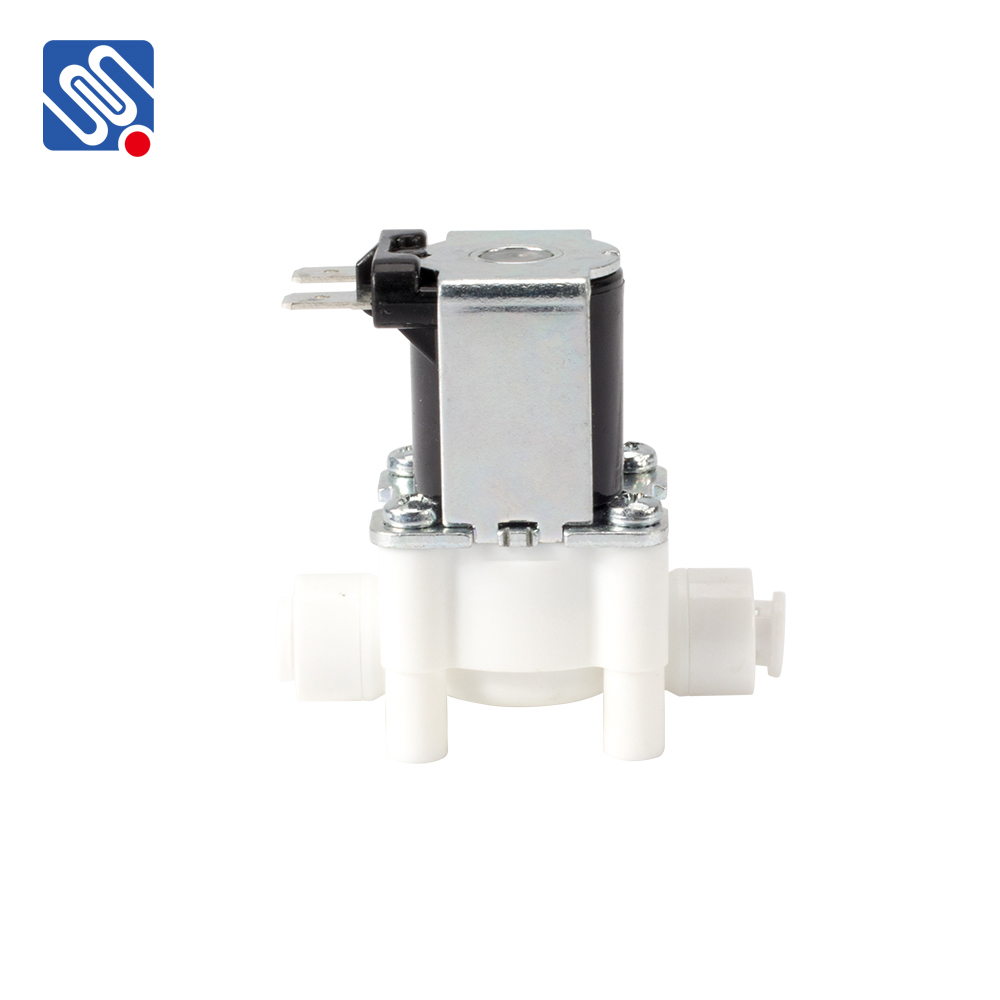A swimming pool is more than just a leisure space—it’s a complex system that requires careful management of water flow, filtration, and treatment. One of the often-overlooked components of this system is the Swimming Pool Solenoid Valve, a device that plays a crucial role in automating water control and improving the overall pool maintenance process. This article explores the function, importance, and benefits of the solenoid valve in modern swimming pool systems.

What is a Swimming Pool Solenoid Valve? At its core, a Swimming Pool Solenoid Valve is an electromechanical device that regulates the flow of water through the plumbing system of the pool. The solenoid valve operates by using an electromagnetic coil that, when energized, creates a magnetic field that opens or closes a valve. This action either allows water to pass through or blocks its flow, depending on the system’s needs. In a pool setting, solenoid valves are typically used to control water flow to various systems, including filtration systems, heating systems, and chemical dosing units. These valves can be connected to automated pool systems that use timers, sensors, or controllers to adjust the water flow based on specific needs or pre-set schedules.